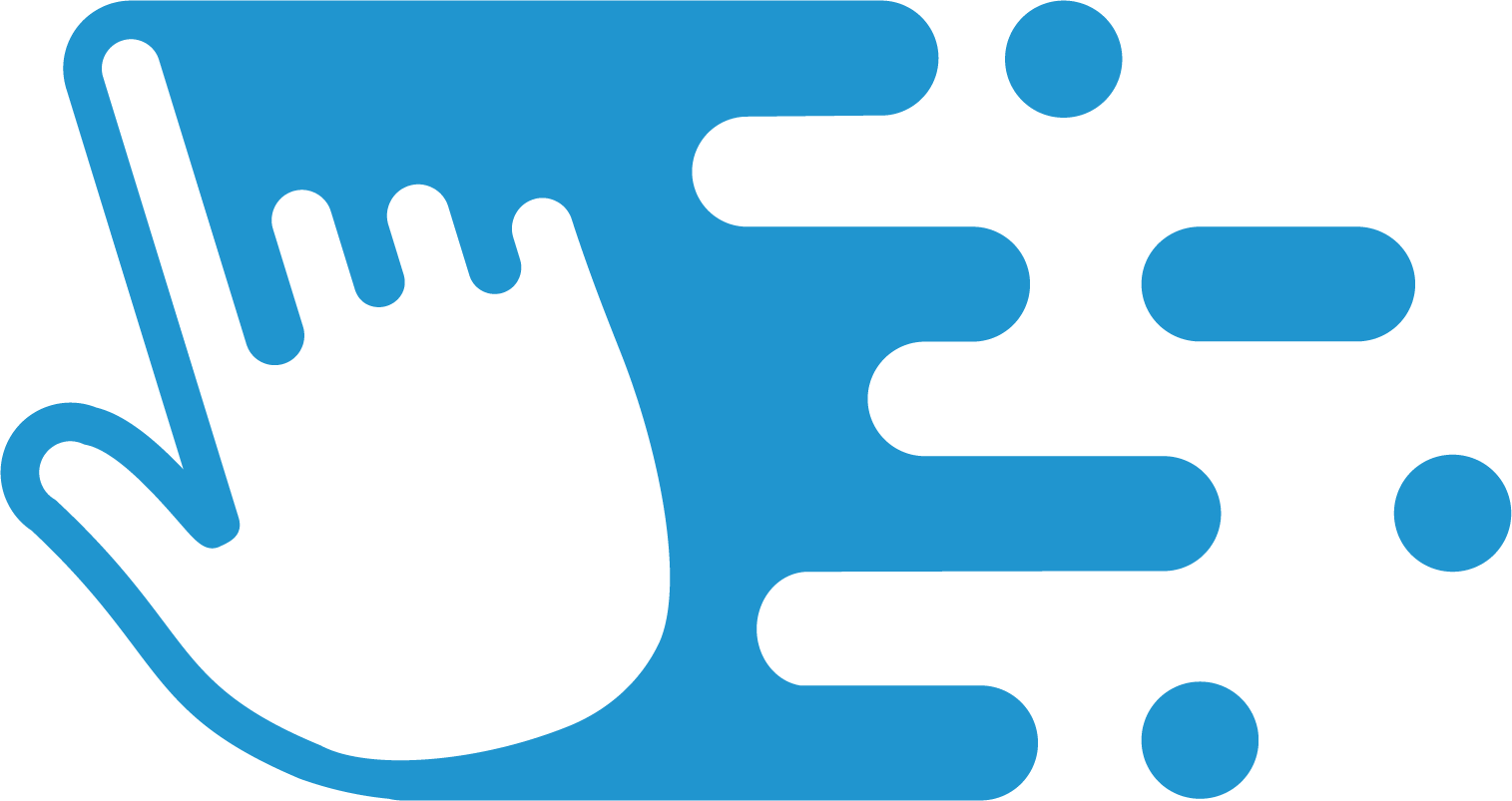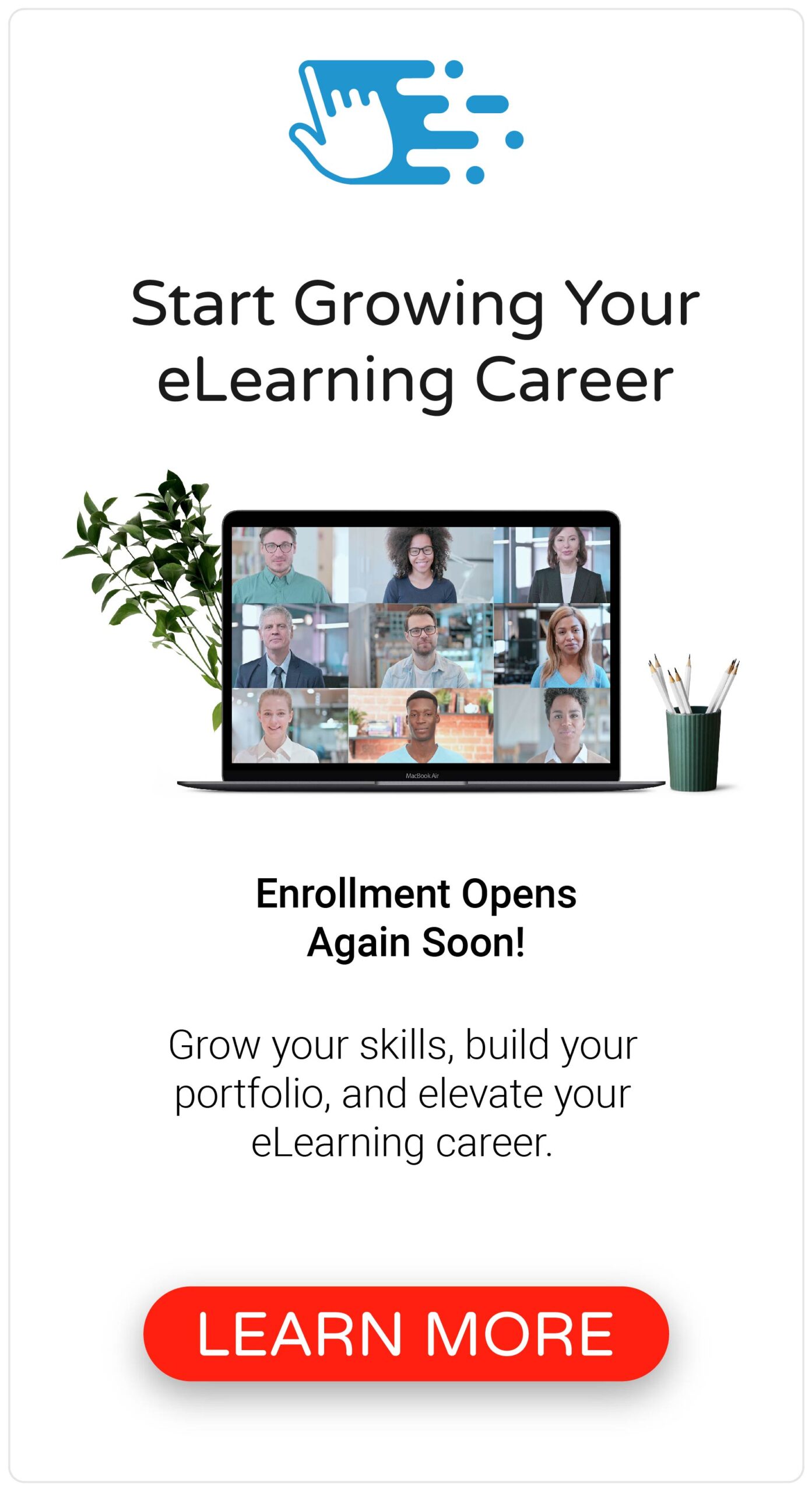When you first start an eLearning project, there’s a lot of information you must collect and expectations to establish. Much of this upfront work occurs during your eLearning project kickoff meeting, while you’re scoping the project and conducting a needs analysis. This is your opportunity to meet with your project stakeholders and subject matter experts to ask questions, collect information, and set expectations. But, how can you ensure there’s accountability for everything that has been agreed upon?
Well, the truth is, it’s all too easy to walk away from your initial eLearning project kickoff meeting, assuming everyone is on the same page and has the same expectations for the project. However, this is rarely the case. To successfully create an effective eLearning course, all of the project contributors (including yourself) must have a clear understanding of the project details. In my experience, in addition to creating an eLearning development timeline, the best way to accomplish this is to create an eLearning project plan to document the details of the project.
So, in this post, I’ll share how to create an eLearning project plan.
What is an eLearning Project Plan?
As I explain in my book, The eLearning Designer’s Handbook, an eLearning project plan is a document designed to outline all the details necessary to implement the project. I like to think of a project plan as a contract between you and your stakeholders and subject matter experts.
An eLearning project plan is a document designed to outline all the details necessary to implement the project.
Documenting the details and deliverables of a project helps solidify everything agreed upon during the kickoff meeting. A project plan also helps to maintain accountability throughout the development process and ensure everyone involved understands their responsibilities. It can also help you avoid scope creep.
An eLearning project plan can come in all sorts of shapes and sizes (and many different eLearning project management tools you can use), there’s no single method for creating or formatting a project plan or what information to include in it. What’s important is that you include the right information you need in order to gain agreement and accountability with your stakeholders and subject matter experts.
Ultimately, your plan should include enough information to give anyone a strong sense of what the project aims to achieve and the deliverables that will result from the project.

Detail the Basic Project Information

Start creating your eLearning project plan by detailing the basic project information. This includes the project title, description, and a high-level overview of its history, goals, and deliverables.
While this information in your project plan may not be critical to the successful execution of the project, it can help to provide context for anyone else involved in the future.
Document the Roles & Responsibilities

After you’ve documented the basic information about the project, the next item to include in your eLearning project plan is a list of the roles and responsibilities for the project. This includes anyone involved in the project and their specific role.
Because your project involves multiple people coming together and working towards a common goal, it’s important everyone understands their role. This can help you establish lines of accountability throughout the project.
Define the Deliverables of the Project

Once you’ve established the roles and responsibilities for the project, the next item to document in your eLearning project plan are the deliverables for the project. This includes listing the target audience for the project, the learning objectives that will be achieved, and a detailed description of the course to be created.
Whether you’re creating a single eLearning course or a blended training solution, listing the deliverables helps establish the total scope of the project. For larger, more complex projects, it can also be helpful to document the deliverables as part of an instructional design document.
Because your project plan is like a contract or statement of work between your stakeholders and subject matter experts, there must be no questions about what actual items will be created and delivered once the project is complete.
Outline the Plans for Implementation & Measurement

The final item to include in your eLearning project plan is an outline of how the project will be implemented and measured. This includes listing the project risk and constraints, specific measurements used to evaluate effectiveness, and details about how the training will be delivered to the target audience.
While it may seem premature to identify these items at the start of the project, these decisions will ultimately determine the success of the project once it’s complete.
The Bottom Line
While taking the time to document everything in an eLearning project plan may seem tedious, it will help ensure the project starts with everyone on the same page. It can also help you ensure accountability between you and your stakeholders and subject matter experts.
If you’re new to eLearning, I’d recommend checking out The eLearning Project Plan Notebook, which can help you capture and document all of the necessary information when planning your eLearning projects.
If you’d like to learn more about managing your eLearning projects, check out this post.
What else do you like to include in your eLearning project plan? Share your tips by commenting below!









Hi, Tim! Please ignore my message asking how to find the project plan template. I just found it on this posting. Thank you so much for sharing!
Take care,
Piri Campo
Glad you found it! 🙂
Hello, Tim Slade. Glade to know the learning project planning. Thank you for sharing.